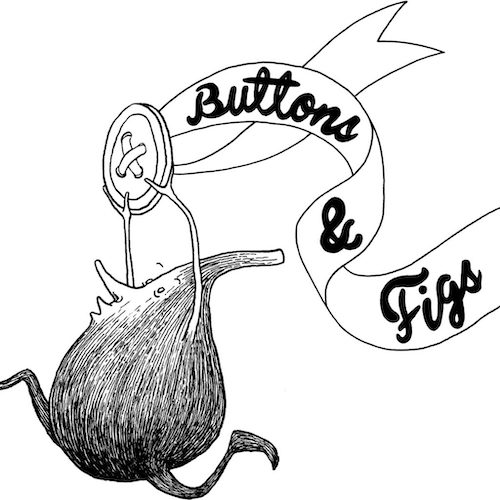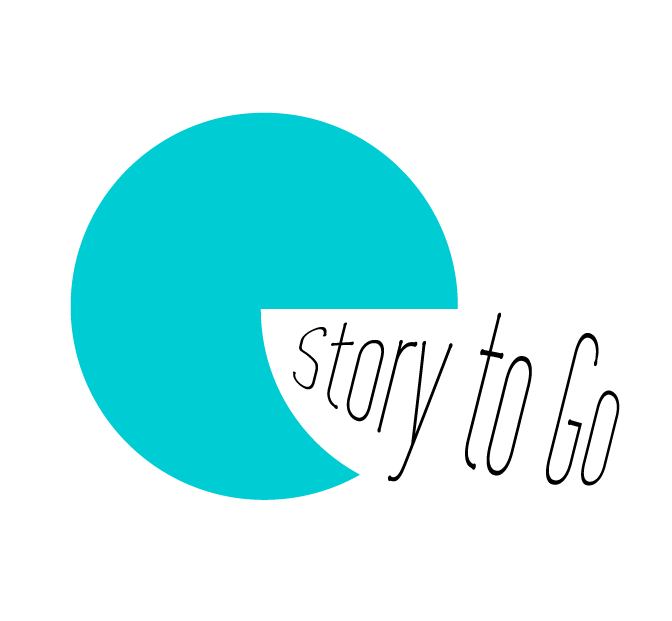Case Study: Primary Podcast Example
This is a podcast case study carried out by Kendall Johnson, a grade two teacher from Red Deer, Alberta, Canada. The dual purposes of this case study were to have the students and teacher experience creating a podcast and reflect on the experience to share insights.
Process

I had been toying with the idea of creating podcasts with my grade 2 classes for a little while now. After we finished our novel study of Roald Dahl’s (1982) classic, The BFG, we had the perfect opportunity to try. We watched the movie as well.
I wanted to give the students as much ownership over the process as possible, so I began by asking them to generate some discussion questions in small groups and then share them with the entire class.
After we solidified our “Top 5” questions that would help us understand the story better, the students broke up into smaller groups to begin our BFG conversations. Five episodes were recorded over two 40 minute periods.
Below is our class blog post video showing the process of how we chose to approach this project.
Here are the published podcasts.
Note: The same format is followed for each of these podcasts. If under a time constraint, I would encourage the listener to engage with Episodes 1 and 5 to observe a distinct contrast between groups requiring different support levels to share their ideas.
Reflection
Although I have had years of experience with video documentation for my classes, this was my first experience creating a podcast. I didn’t think that I would have difficulty with the process, but it was certainly different. Below is a reflection of my experience:

- There was new software for me to learn. I recorded these discussions using Soundtrap which was very user-friendly, but a bit limiting in some ways. The next time I try podcasting I would like to experiment with some different options. I will spend more time looking at reviews and testing different products out as this is an important process to go through when creating podcasts.
- Taking away the visual component obviously made me hyperaware of the audio content. I did MUCH more editing in terms of equalizing and editing out pauses and sections of the conversations that were extraneous.
- While I was reviewing and editing each individual podcast, I was a bit surprised by the amount of support I needed to give my students to extend the conversations. My vision was to have my students be much more of a presence than I was. However, I was realistic in knowing they would need quite a bit of guidance as this was our first experience with podcasting. Some groups were very willing to be recorded while sharing and exploring their ideas with each other, while with others it was quite challenging to get much useable footage without the audience having to hear more of me guiding them along. I tried to be proactive in forming my groups so that I could balance personalities and strengths and I think it worked out quite well for our flagship attempt.
- There were a few workarounds for me to do. Soundtrap files cannot at present be embedded on websites, so I uploaded the files to iMovie, added the title screens, then uploaded them all to YouTube. There are other podcast applications that offer more options, but I specifically chose Soundtrap because of its simplicity as my ultimate goal is to try to get my students to record and edit their own podcasts for a project in the future. This would free up my own time, as students would be able to capture their own raw footage and have them critically think about their audio when editing.
Final Thoughts
Overall, I felt that this literature circle-style podcast project was a powerful learning experience for my students and me. As with any project, we had clear learning goals right from the beginning that were maintained throughout. The process was easy and fun to do, and we ended up generating some fascinating insights within a fairly polished product to share with the rest of the class, our parents, other educators, and beyond as we posted it on our class blog. I will definitely be incorporating more podcast projects into my practice in the future, as I can think of many applications and scenarios where they would be effective.
Note: I debated using the Soundtrap mobile app on my phone or our class iPad from start to finish for this project. When I read some reviews, I understood it to be quite user-friendly, though a bit trickier than the browser. For various reasons, mainly comfort, I decided to use my Macbook to record and do most of the editing. I did download the app on my phone to edit one of the podcasts and found it to be quite slick. Although I prefer a larger screen to work on when I have a lot of editing, I know I can use the mobile app if I want/need to.
Live Studio Audience Recorded Podcast


For those that joined us during the week of November 7th, 2021, we shared an invite to join us live in the studio for a broadcast recording of the Encounters in EdTech podcast featuring Pamela Rogers from Buttons & Figs and elementary classroom teacher and Master of EdTech student Kendall Johnson as we explored Podcasting with Kids. Below is the replay from that podcast:
For this podcast, we utilized a new interactive, mobile podcasting app – Fireside, that was only recently publicly launched. While the live and recorded podcast can be listened to on all mobile devices, if you wish to participate in the live studio audience within the app, you need access to an iPhone or iPad, as the app is currently only available on iOS devices, while the Android App is still in development (the downside of brand new technology) for launch in 2022.
To join us for live recordings in the studio of future Encounters in EdTech Podcasts, utilize our Guest Code: https://f.chat/j9Ly
For those that could not attend the live recording, we welcomed questions in advance of the live podcast in the google form below.
